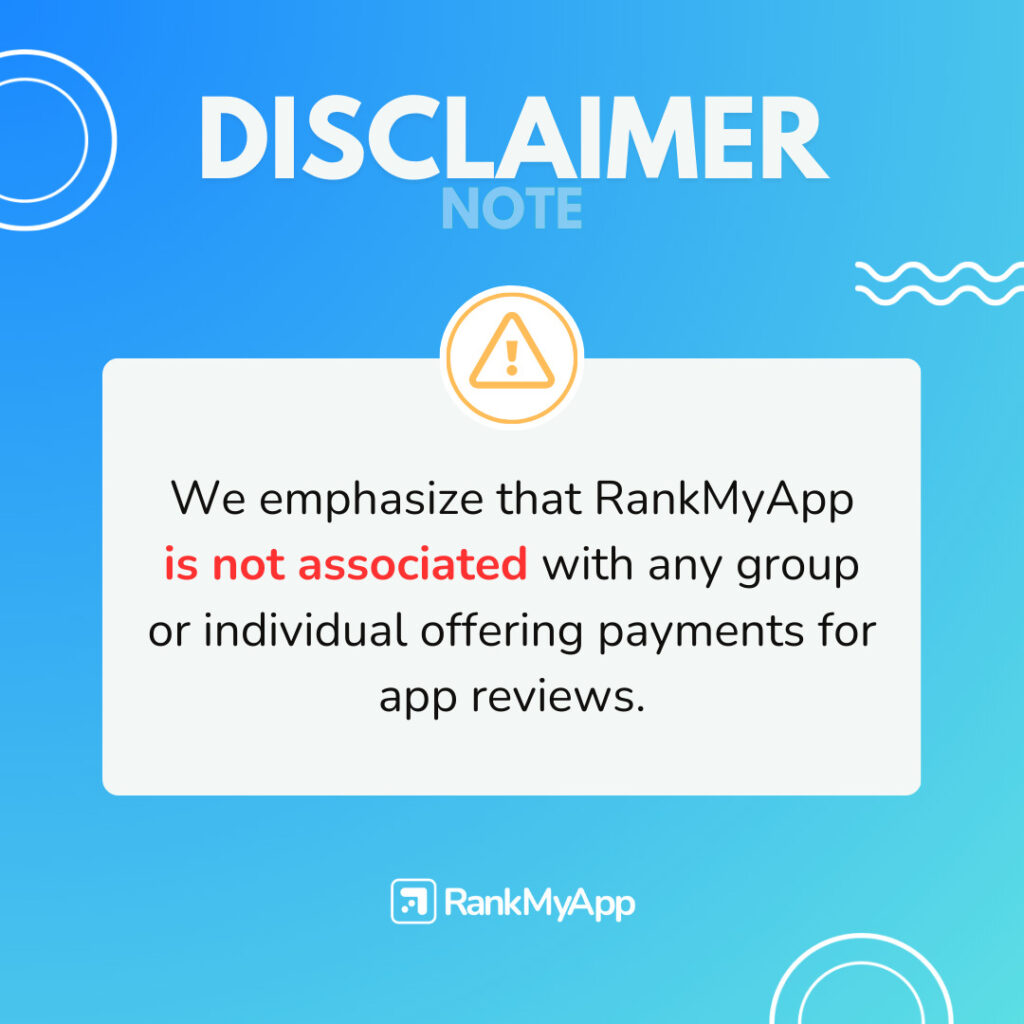We are living in the golden age of UX and, because of that, app store reviews weigh heavily on App Store Optimization strategy. Brands are now introducing new ways of interaction, in a way never seen before.
Every single time a company offers an app-related experience that’s both valuable and unique, the consumer’s list of demands starts increasing. On the other hand, if the experience is deemed frustrating, that very same user may never give the company another shot.
App reviews mirror the user experience
The quality of the app itself is shown directly by app reviews and the ratings given by its users. Briefly put, reviews are a testimony to the experience other consumers have had with your product.
According to Mobile Action, more than 75% of users read at least one review before download the app, to confirm if it will be a good experience. Being acquainted with the benefits and values of each helps engender better understanding of the ASO of your own app. Even if this is not a controllable metric, there are ways to prompt good feedback and foster engagement with your brand.
How do app reviews work?
The app’s rating is determined by the numbers received through ratings and reviews. These are two different concepts. Do not confuse one with the other! Not every star received equals a new brand review. And vice versa.
Mobile app reviews which happen to be accepted by stores and fostered within an ASO strategy are either organic or requested. First we are going to talk about those two.
Organic reviews
The organic ones are willingly given by the user and even if they happen to be negative, they are the best type of reviews received and are counted as real feedback.
Requested reviews
As the name foretells, these are the ones requested during the user’s interaction with the application. They are as valuable as the organic ones, the only difference being in the timing.
These come from users already acquainted with the app and who can also provide information along with their feedback.
There is also a sub category which encompasses reviews requested to users: the filtered users. These are app reviews that filter the response provided by requested users and only approve those with a rating above four stars.
Most of the times, they work. But one should take into account that this practice might go against app store mandates.
There are also those reviews made in exchange for something such as prizes or money. It is deemed a deceitful method and the app may end up being banned for an unforeseeable period of time.
App reviews: the best feedback for your app

Review networking is yet another style: the one that you can ask your friends to do. This type may seem interesting at first.
However, your closest circle of friends does not always represent the best target audience for your app. You lose the chance of receiving real feedback, implement suggestions and add value.
Keep in mind that feedback is one of the most important elements in app reviews. Give them the value they deserve.
In addition to having a direct impact on your ranking and on the ASO process, a review is a great opportunity to improve and to stay ahead of your competition. So, when an active user adds a review to your page, pay attention to it. They were given directly to your product! So try to address them.
But don’t just read them, absorb what was said and also the most relevant points which should be used to enhance your app. If you cannot address all those reviews, try to prioritize those with the worst ratings.
That is the only way that will allow you to be aware of what you need to improve and know where the problem areas are.
Now that you know the difference between app reviews, and of the value attached to them, you are already equipped to grow your app’s visibility more and more! What do you think about having our assistance? Talk with a specialist in ASO!





